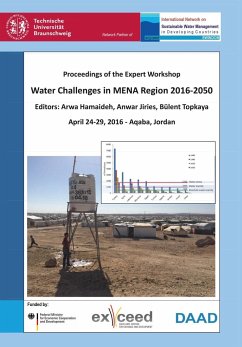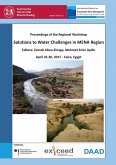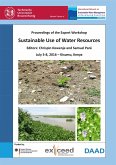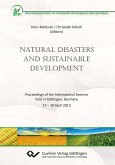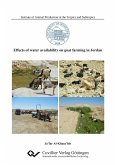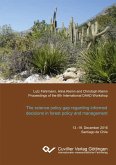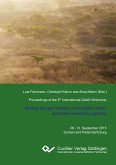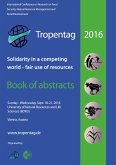Middle East and North Africa Region (MENA) is one of the water scarcest regions on earth. There, lack of water resources is common, and water scarcity has become an increasing constraint to their economic development, particularly of the agriculture, which is the biggest water consumer. Many countries in this region have been exploiting their non-renewable fossil water resources in order to relieve the acute pressure of water stress, depleting their resource base, and undermining their long-term economic development and food security, with additional consequences for human health and the environment. Disputes over water lead to tension within communities, and unreliable water services are prompting people to migrate in search for better living conditions. Water investments absorb large amounts of public funds, which could often be used more efficiently elsewhere. These challenges appear likely to escalate. Besides the availability of water, the efficiency of usage, e.g. in the agriculture, the suitability of plants cultivated, the yield values, etc. plays also an important role in decision making processes. As the region¿s population continues to grow, water availability per capita is set to fall by 50% by 2050, and most of the countries in the region are going to face with ¿absolute water scarcity¿. The expert workshop aimed at evaluating the options for coping with water scarcity through assessing the water demand and supply up to the year 2050, thereby considering issues like climate change, population growth, and economic development.
Bitte wählen Sie Ihr Anliegen aus.
Rechnungen
Retourenschein anfordern
Bestellstatus
Storno

